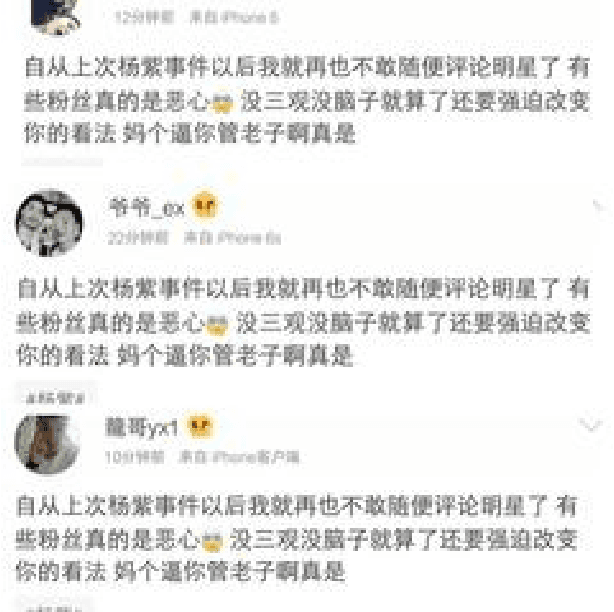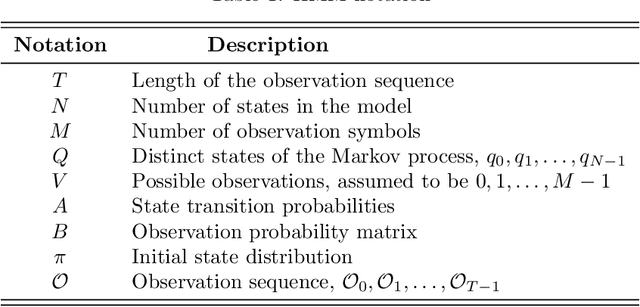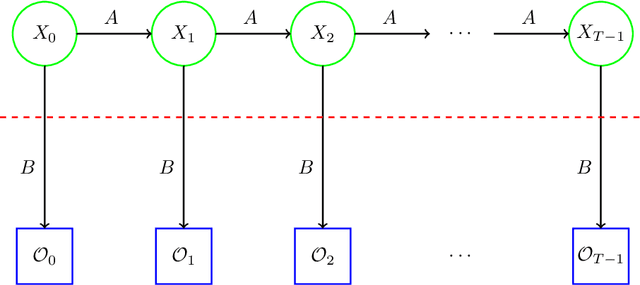Zidong Jiang
Sentiment Analysis for Troll Detection on Weibo
Mar 07, 2021



Abstract:The impact of social media on the modern world is difficult to overstate. Virtually all companies and public figures have social media accounts on popular platforms such as Twitter and Facebook. In China, the micro-blogging service provider, Sina Weibo, is the most popular such service. To influence public opinion, Weibo trolls -- the so called Water Army -- can be hired to post deceptive comments. In this paper, we focus on troll detection via sentiment analysis and other user activity data on the Sina Weibo platform. We implement techniques for Chinese sentence segmentation, word embedding, and sentiment score calculation. In recent years, troll detection and sentiment analysis have been studied, but we are not aware of previous research that considers troll detection based on sentiment analysis. We employ the resulting techniques to develop and test a sentiment analysis approach for troll detection, based on a variety of machine learning strategies. Experimental results are generated and analyzed. A Chrome extension is presented that implements our proposed technique, which enables real-time troll detection when a user browses Sina Weibo.
OD-GCN object detection by knowledge graph with GCN
Aug 06, 2019Abstract:Classical object detection frameworks lack of utilizing objects' surrounding information. In this article, we introduce the graph convolutional networks (GCN) into the object detection, and propose a new framework called OD-GCN (object detection with graph convolutional network). It utilizes the category relationship to improve the detection precision. We set up a knowledge graph to reflect the co-exist relationships among objects. GCN plays the role of post-processing to adjust the output of base object detection models. It is a flexible framework that any pre-trained object detection models can be used as the base model. In the experiments, we try several popular base detection models, OD-GCN always improve mAP by 1-5 pp in COCO dataset. In addition, visualized analysis reveals the benchmark improvement is quite logical in human's opinion.
 Add to Chrome
Add to Chrome Add to Firefox
Add to Firefox Add to Edge
Add to Edge